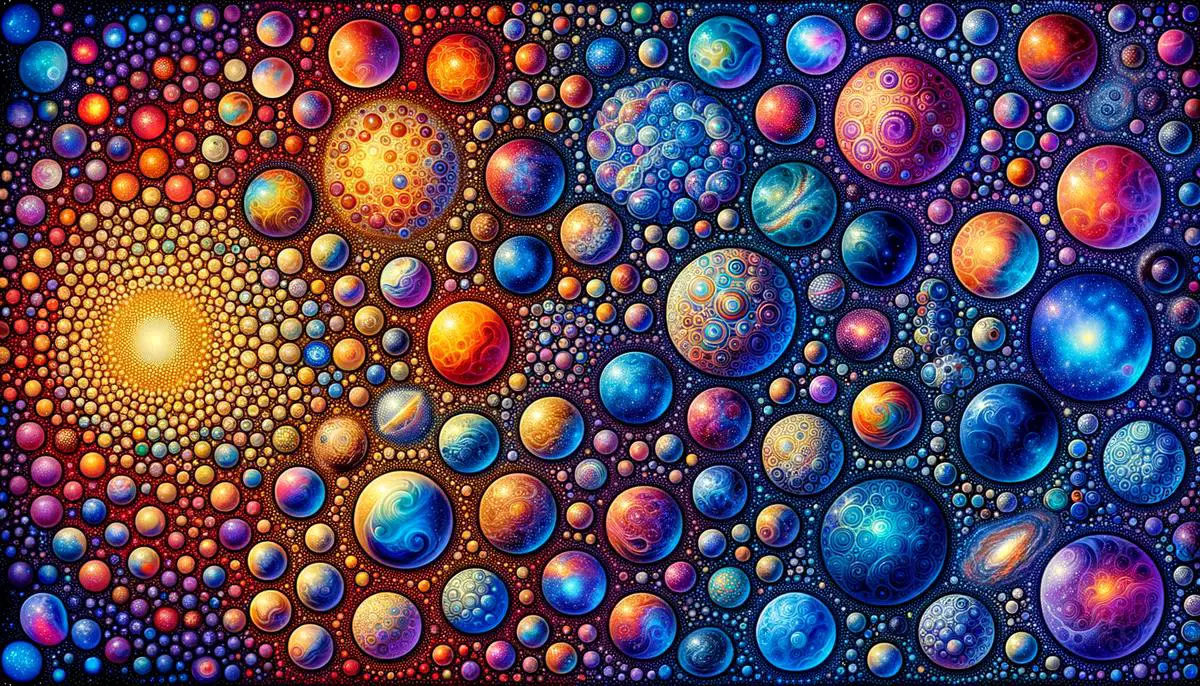The Concept of Eternal Inflation
After the Big Bang, the concept of eternal inflation proposes that the universe experienced an intensely rapid growth spurt, akin to a teenager shooting up in height overnight. This growth wasn't a singular event, though. Rather, it continued in different patches, leading to the formation of "pocket universes."
In many parts, this inflation never ceased, resulting in an ever-expanding multiverse. Some places stopped expanding, forming bubble-like universes, including the one we inhabit. The idea suggests that our universe is just one of many, with the potential for different physical laws governing each bubble.
Traditional eternal inflation theory, based on Einstein's theory of relativity and general relativity, envisions the universe as an infinite, patchwork quilt. Each patch or bubble holds its own universe, potentially with its own unique laws. This paradigm helps explain why our cosmos appears the way it does.
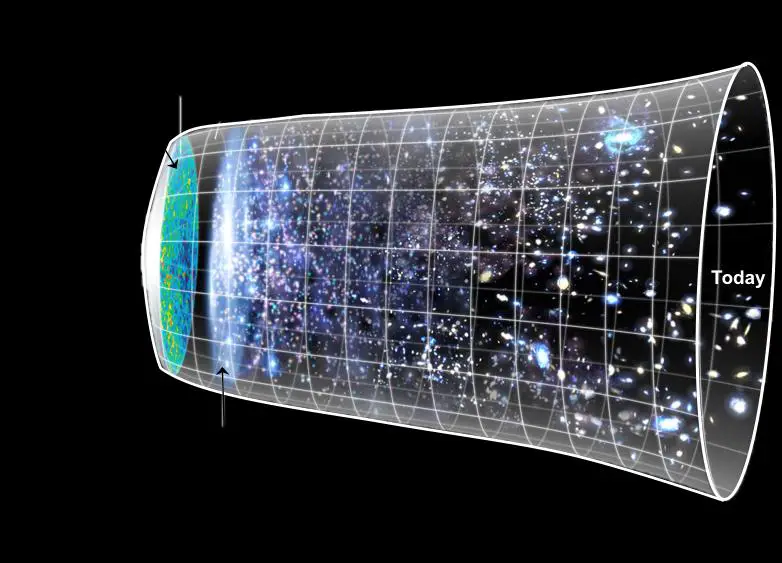
Hawking and Hertog's New Theory
Hawking and Hertog, however, propose a more structured and finite perspective of the multiverse. Their theory suggests a smoother, finite landscape of different universes, narrowing down the endless possibilities and making the multiverse theory more testable.
Their theory draws from string theory and the holographic principle, which attempts to reconcile quantum mechanics with classical physics and envisions the universe as a complex hologram projected onto a two-dimensional surface.
By utilizing the concept of holography, Hawking and Hertog can "pause" the chaotic rewinding of the universe's expansion. At this cosmic threshold, eternal inflation ceases, and the universe we know starts taking shape. This boundary serves as a defining limit, reducing the multiverse to a more finite and predictable space.
Their new model suggests that as we trace our universe's story back to the beginning, we encounter a boundary where our familiar sense of time loses meaning. Beyond this boundary, the multiverse becomes more structured and less chaotic, aligning closer with scientific principles and making it more approachable for empirical scrutiny.
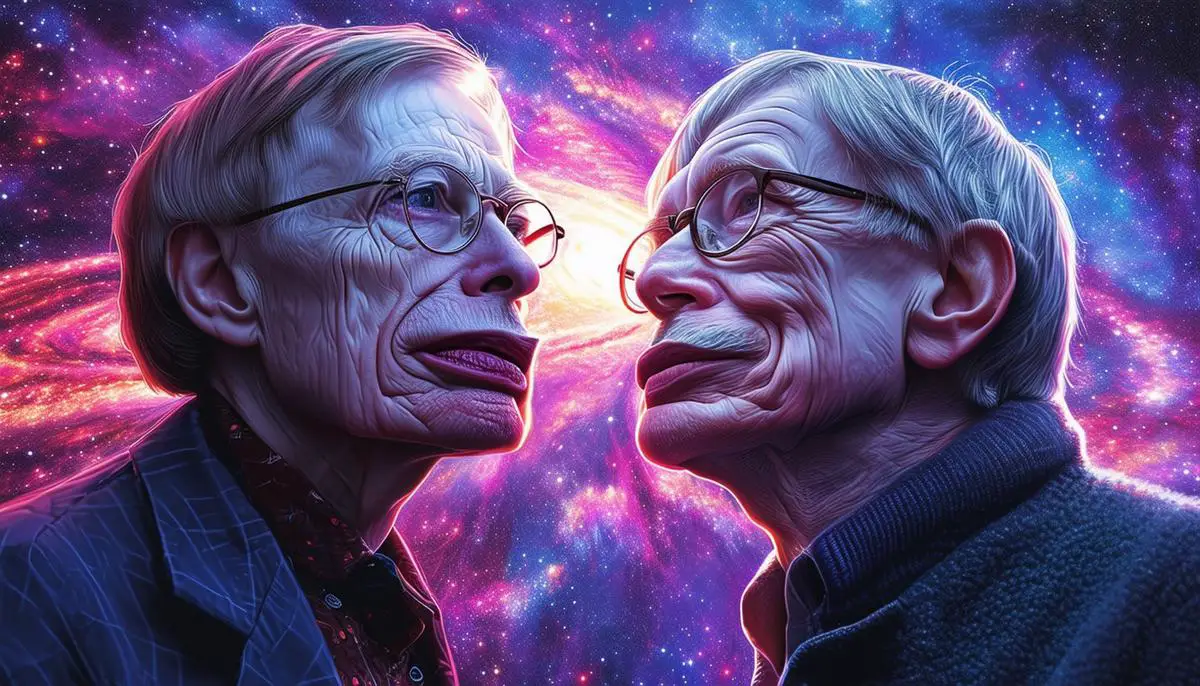
Implications for the Multiverse Paradigm
Hawking and Hertog's theory significantly narrows down the multiverse concept from an infinite, bewildering range of possibilities to a more manageable and scientifically approachable framework. By suggesting a finite set of possible universes with similar laws of physics to our own, it becomes possible to imagine methods of validation and observation.
The search for primordial gravitational waves, which might carry the signature of boundary events from the early universe, comes into sharper focus. Detecting such waves would lend credence to the theory and illuminate the nature and structure of these other universes.
Additionally, a finite multiverse paradigm reduces the complexity astronomers and physicists face when devising models of universal formation and behavior. It aligns closer with the principle of simplicity, making it easier to explore the conditions necessary for life and the formation of cosmic structures.
Overall, Hawking and Hertog's contributions make the multiverse theory more tangible and bring the overarching, universe-spanning questions closer to empirical reality. Their work injects optimism into the scientific community, suggesting that the multiverse is not an unending flood of random possibilities, but a more structured and possibly comprehendible cosmos.
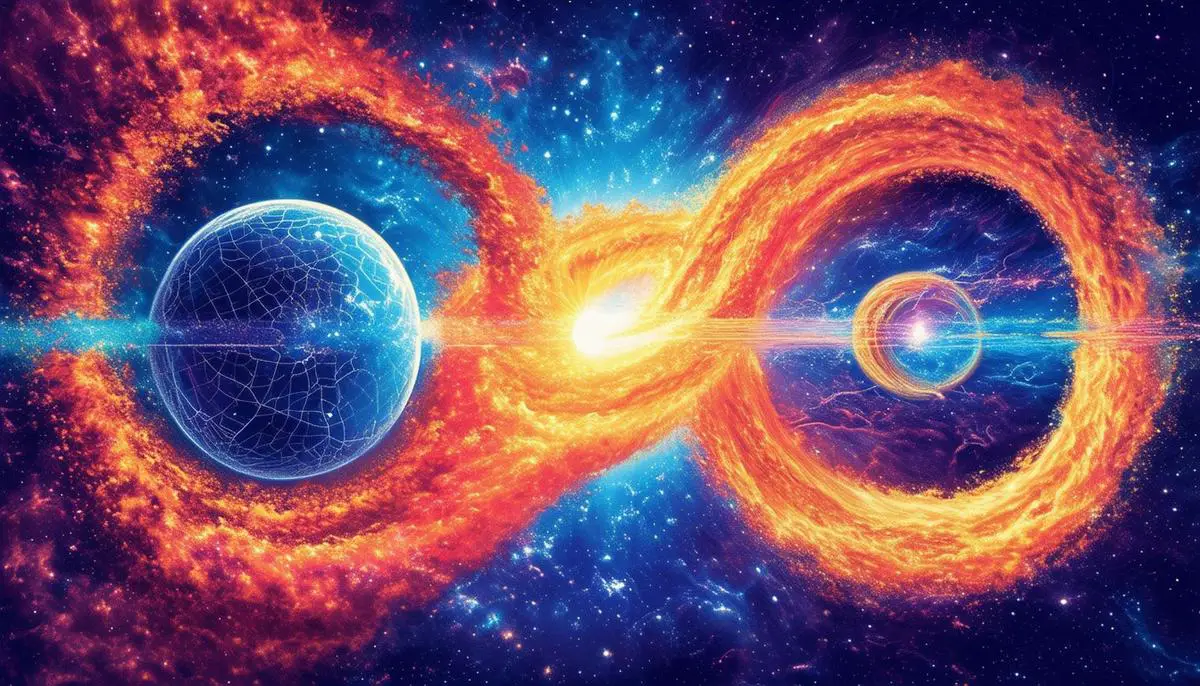
Testing the New Theory
Measuring the universality and truth of Hawking and Hertog's theory requires extraordinary efforts, primarily focused on tracking down primordial gravitational waves—those subtle ripples in the fabric of spacetime generated by the universe's earliest moments.
Currently, our most advanced detectors, like LIGO and Virgo, are adept at picking up waves with relatively shorter wavelengths, largely unsuitable for detecting the primordial whispers from the dawn of time. However, future instruments like the proposed Laser Interferometer Space Antenna (LISA) promise to make a significant difference.
LISA, designed as a trio of spacecraft positioned millions of kilometers apart, could offer a more sensitive ear to the cosmos's most ancient echoes. Its ability to distinguish between the typical cosmic background noise and the unique signature of primordial gravitational waves could reveal hidden truths about our universe's formative stages and potentially about other universes making up the reduced multiverse.
Interpreting these waves correctly is crucial. The patterns within these primordial waves would need to match the predictions made by Hawking and Hertog, such as their amplitude, frequency, and polarization, offering hints about the inflationary boundary and the finite structure of the multiverse.
Even as we await LISA and other advanced instruments, there's broader optimism within the scientific community. Enhancing current technologies and developing novel strategies will create a multidimensional approach to studying these cosmic signals, enabling scientists to craft a cohesive narrative of the universe's origins and potentially validate or refute the new theory.
While the road to testing these hypotheses is paved with technical and theoretical challenges, it is also one filled with immense promise. Each step carries the potential to peel back layers of cosmic mystery, gradually revealing the profound simplicity that Hawking and Hertog envision underlying our universe. Their work calls upon the scientific community to push the boundaries of current capabilities and uphold the tireless human quest for understanding the cosmos.
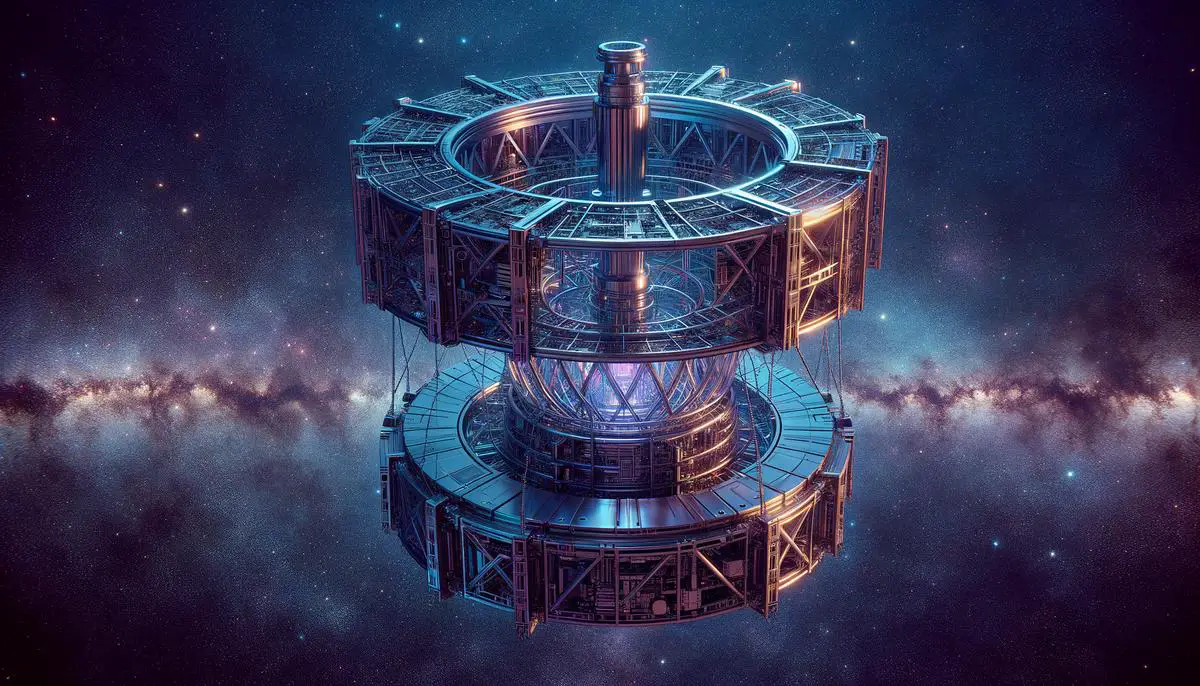
Criticisms and Support
Not everyone within the scientific community embraces Hawking and Hertog's new theory wholeheartedly, despite its ingenuity. This divergence of opinion is vital, as scientific progress thrives on debate and scrutiny.
Critics argue that while the new model offers a more refined and testable multiverse concept, it still relies on complex theoretical constructs like string theory and the holographic principle, which remain largely unproven empirically. Sabine Hossenfelder, a theoretical physicist at the Frankfurt Institute for Advanced Studies, suggests that the new theory is merely another variant of eternal inflation, layered with additional assumptions. According to Hossenfelder, "The idea that we live in a 'multiverse' is a fringe idea in a small part of a subfield of the physics community." She contends that such theories often fail to offer concrete predictions or practical applications, rendering them "utterly useless" for serious scientific endeavors aimed at empirical verification.
The primary critique revolves around the inherent "underdetermined" nature of multiverse theories. These models often lack sufficient information to make precise calculations or offer falsifiable predictions, a cornerstone of the scientific method. This uncertainty complicates our understanding of the observable universe without offering clear, testable insights.
Yet, proponents balance the scales. Aurelien Barrau, an astrophysicist from the Laboratory of Subatomic Physics and Cosmology in Paris, finds merit in the concept. Barrau points out that the predictability of the proposed finite multiverse aligns with several reliable theories. Thomas Hertog himself highlights the potential of using gravitational waves to test their hypothesis, bringing the theory within the realm of testable science.
Supporters argue that the new theory simplifies the cosmological framework, reducing the intimidating scope of an infinite multiverse to a manageable and potentially observable range. This simplification encourages scientists to explore further, employing ever-advancing technologies to unravel cosmic mysteries.
Ultimately, the debate propels us forward, honing theories and sharpening instruments, all in the pursuit of understanding the universe. This ongoing discussion ensures that Hawking and Hertog's vision will continue to be examined, debated, and refined, pushing the boundaries of our knowledge.
Hawking and Hertog's contributions mark a significant stride in making the multiverse concept more tangible, suggesting that our quest to understand the universe is far from over but continuously unfolding. As we push the boundaries of our knowledge, we move closer to illuminating our origins and our place in the vast expanse of existence.
![]()
